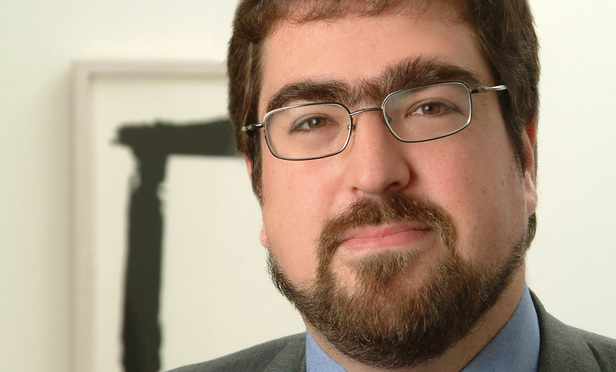Over the last few decades, technology has fundamentally changed the way people create, consume and understand information. With that change has come a shift in the way we understand core concepts like “facts” and “truth.” In November 2016, New York Times technology journalist Farhad Manjoo, in an article titled “How the Internet Is Loosening Our Grip on the Truth,” wrote: “Digital technology has blessed us with better ways to capture and disseminate news … . You would think that greater primary documentation would lead to a better cultural agreement about the ‘truth.’ In fact, the opposite has happened.”
That’s a pretty strange idea for a lawyer to deal with—that we, as a society, can’t agree anymore on what constitutes a “fact.” But for anyone who lives or works in a media-saturated environment, Manjoo’s observation probably rings true. His article was recently cited by New York State Supreme Court Justice Barbara Jaffe in Jacobus v. Trump, 2017 WL 160316, at *1 (Sup. Ct. N.Y. Cnty. Jan. 9 2017), a case that turned on that very issue: How should a reasonable person understand the information he or she reads on social media and the Internet?



